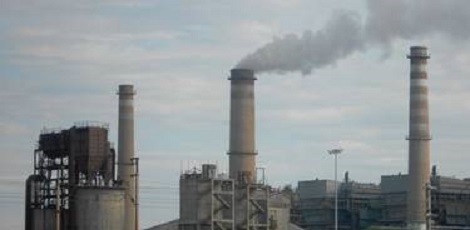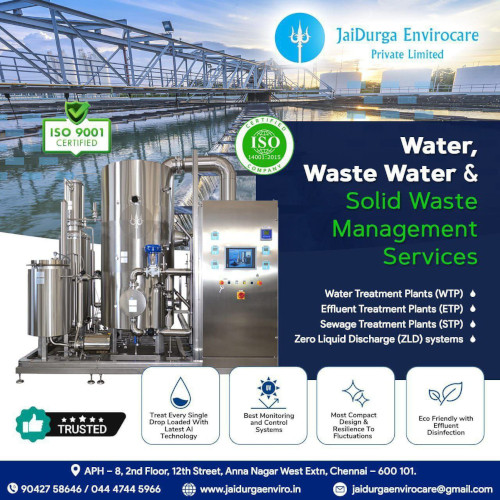No. of views : (2876)
Chennai air is contaminated with high levels of mercury
Posted on: 12/Apr/2019 9:40:40 AM

It must not be forgotten that 4 years back mercury pollution in Kodaikanal was brought in a public discourse of rapper Sofia Ashraf�s song named �Kodaikanal Wont�. The latest news is Chennai city�s air is contaminated with gaseous mercury. Shocking piece of information is the mercury levels in Chennai are more than those in Kodaikanal or in many other cities in the world. This was according to a study conducted by the IOM or Institute of Ocean Management, Anna University.
It must be noted that across the world and average of 1.5ng/ m3 of gaseous mercury is present in the atmosphere and in the Chennai city the mercury level ranges from 3.5ng/m3 to 8.5ng/m3.
According to Mr. S. Sreenivasulu, director of IOM, Kodaikanal has got the concentration of natural gaseous mercury and that is 1.53ng/m3. He then spoke about how in Chennai city the concentration of gaseous mercury is very high and how during some seasons the mercury levels touched even 20ng/m3. He was not sure about the exact reason for such high levels of mercury in Chennai and said further study would be needed to determine whether power plants, industries or sea caused increase in the gaseous mercury. The Point is this study began in the year 2016. Process like evaporation and transpiration are responsible for gaseous mercury going into air. During the time between 3 am to 8 am in the morning Chennai city had the highest concentration of mercury in air.
Mr. Sreenivasulu explained how in the early hours the boundary of troposphere comes down from about 10 km above earth to 8 km. He added that this might be the cause for the mercury concentration levels to be higher in the early morning time. The information gathered is near the surface the gaseous mercury concentration is highest usually and it decreases with altitude.
It is worthy to mention that this study is a part of the Global Mercury Observation System that is observing as many as 67 places by using a device called �ambient mercury vapour analyser�. As per Mr. Sreenivasulu, the device mentioned above absorbs air from the atmosphere and removes moisture. Into the 2 cartridges, air is then sent and the level of mercury is analysed. Results could be got only when data from both cartridges concur. One of the researchers of the project, Mr. Manikanda Bharath spoke about how the scientists have found correlation between wind speed, direction and gaseous mercury concentration.







